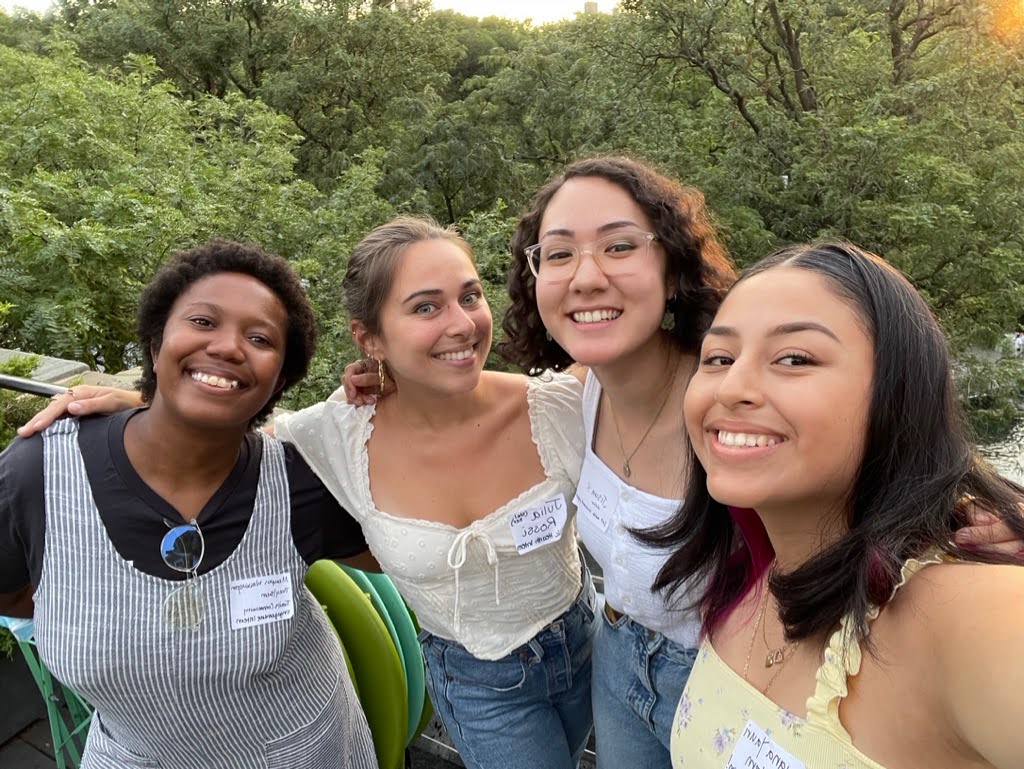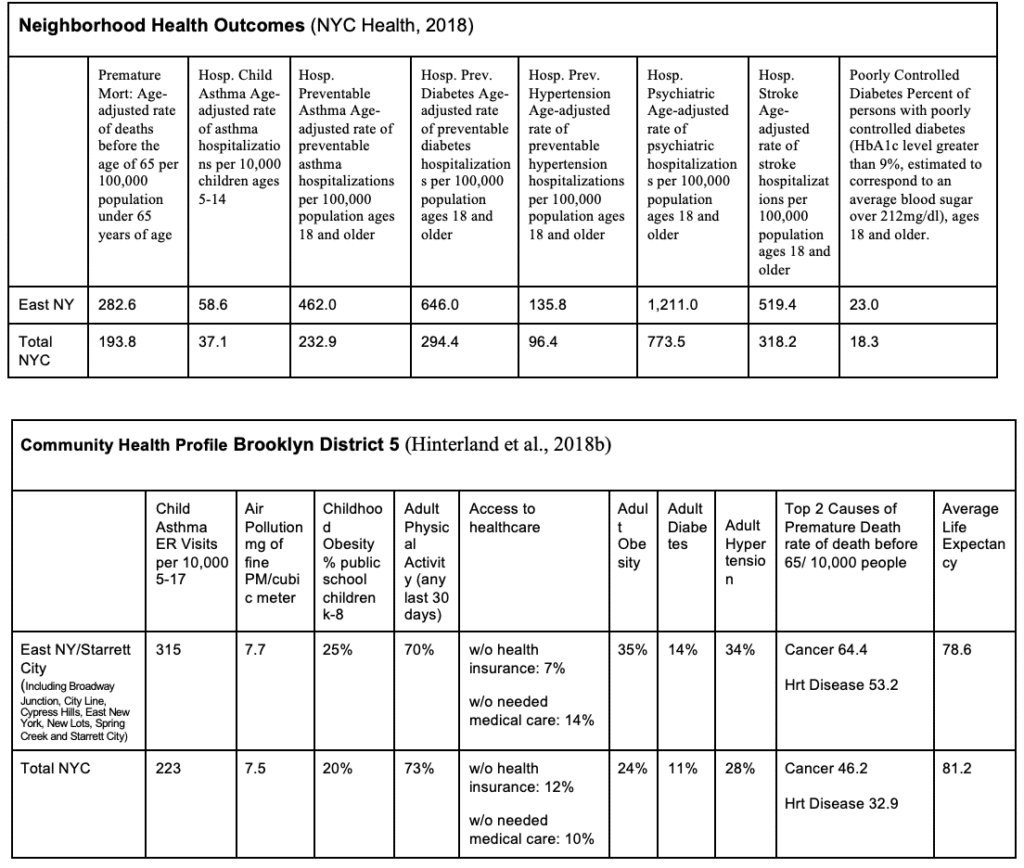How a Former NAC Intern Forged a Career in Public Health Advocacy
By Natural Areas Conservancy on July 22, 2024

By Natural Areas Conservancy on July 22, 2024

 By Julia Rossi, Healthy Lives Fellow at The New York Community Trust & 2022 NAC Intern
By Julia Rossi, Healthy Lives Fellow at The New York Community Trust & 2022 NAC Intern
Currently pursuing a Masters of Public Health at Columbia University Mailman School of Public Health
Being an avid lover of the outdoors, I find respite from the bustling city in NYC parks. During my NAC internship, I was pursuing a BS in Public Health with a minor in Political Science at Hunter College, and the NAC’s interest in the intersection of public health and urban parks resonated with me. The internship presented a perfect opportunity to collaborate with an interdisciplinary team and contribute my newfound public health expertise to a cause we all deeply value.

As an intern for the NAC, I examined health indicator data sets for each NYC borough, surveyed existing literature on the subject, and subsequently wrote a literature review to investigate the impact of trails and natural areas on public health. I created an original analysis of the relationship between health indicators and communities within walking distance of a park or natural area. Additionally, I researched and authored a public health report that included an evaluation of physical activity initiatives in various US cities and how the success and failures of these initiatives can potentially guide the NAC in creating a public health education campaign.

Health outcomes and profiles of East NY neighborhoods compared to the Total NYC population. These graphs originally appeared in Julia’s final report during her internship.
The data showed that the Williamsbridge-Olinville neighborhood in the Bronx and East New York in Brooklyn had the highest prevalence of health indicators, including:
This research concluded that by assessing the community’s needs, working collaboratively with them, and creating appropriate programming, community members may be more inclined to use parks and natural areas more frequently, thereby combatting high rates of chronic disease. From my research and studies, it’s evident that successful public health programming hinges on integrating the needs and perspectives of the communities it aims to serve.
Data indicates that neighborhoods with the highest disease prevalence are often low-income communities of color. These communities face systemic challenges in the built environment — including redlining, poor infrastructure, and food deserts —which limit their access to essential resources and healthy living conditions.
Through these actions, we can enhance access to green spaces. This, in turn, can mitigate some of the health disparities these communities face, providing significant physical and mental health benefits.
My experience in the non-profit sector, particularly through the NAC internship, informs my work today at The New York Community Trust. My background enables me to critically evaluate the systemic impact and sustainability of proposed programs. I focus on understanding how these programs interact with existing social structures and address the root causes of issues rather than just symptoms. Additionally, I continue to explore participatory approaches in philanthropy, driven by my belief that communities should be actively involved in decision-making processes to ensure that their exact needs are met.
As I’ve gained more knowledge and experience, I find that public and private investment in parks and natural areas is vital for ensuring all NYC residents have equitable access to green spaces. These spaces play a crucial role in enhancing community health and combating climate change. As we see the effects of climate change deepen, NYC must prioritize under-resourced communities when addressing the health impacts of rising temperatures, particularly affecting residents in these areas. By expanding green spaces in these neighborhoods, NYC can mitigate disparities exacerbated by heat-related illnesses, pollution and impervious surfaces, which disproportionately affect under-resourced communities. These initiatives not only provide cooling effects and improve air quality but also contribute to community well-being and climate resilience.
Engaging residents in the planning and maintenance of these spaces fosters social cohesion, empowers communities, and promotes sustainable urban development practices, ensuring that all residents benefit from the health and environmental advantages of green infrastructure, parks, and natural areas.
To learn more about how public health is related to natural areas, browse our recent research and publications.
Ready to embark on your environmental science journey? View our internship program opportunities, which gave Julia hands-on experience in public health and a start in the environmental field.